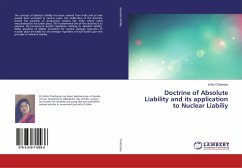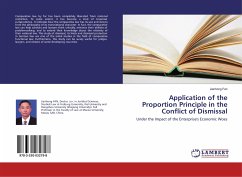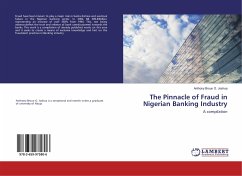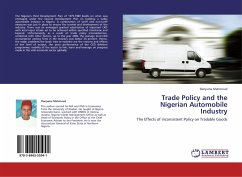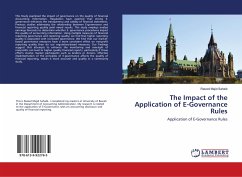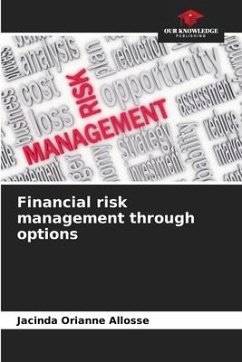
Real Options Analysis. An application to the Steel Industry
The Application of Real Option Thinking
Versandkostenfrei!
Versandfertig in 6-10 Tagen
32,99 €
inkl. MwSt.

PAYBACK Punkte
16 °P sammeln!
Over the years, the DCF approach has been the valuation choice of many practioners, academics and corporate finance managers. Such valuation techniques include the NPV, IRR and Payback. The former is widely employed due to its intuition and easy computation. Under this approach a project s worthiness is derived from its projected cashflows discounted at the appropriate discount rate (normally the WACC). Projects with positive NPVs are accepted whilst those with negative NPVs are rejected. However, this technique does not tell us what to do next after accepting or rejecting a project. Furthermo...
Over the years, the DCF approach has been the valuation choice of many practioners, academics and corporate finance managers. Such valuation techniques include the NPV, IRR and Payback. The former is widely employed due to its intuition and easy computation. Under this approach a project s worthiness is derived from its projected cashflows discounted at the appropriate discount rate (normally the WACC). Projects with positive NPVs are accepted whilst those with negative NPVs are rejected. However, this technique does not tell us what to do next after accepting or rejecting a project. Furthermore the choice of the discount rate is conceptually flawed. What is the most appropriate discount rate for each project? These shortcomings of DCF models are addressed by the Real Option Valuation. This research employed the BOPM to value a steel plant. Two embedded options were identified namely the abandonment and expansion options. The research concluded that apart from DCF valuation techniques being currently employed by the firm they can as well incorporate Real Options Analysis to decision making. Such actions if accurately valued and timely executed do add firm value.



